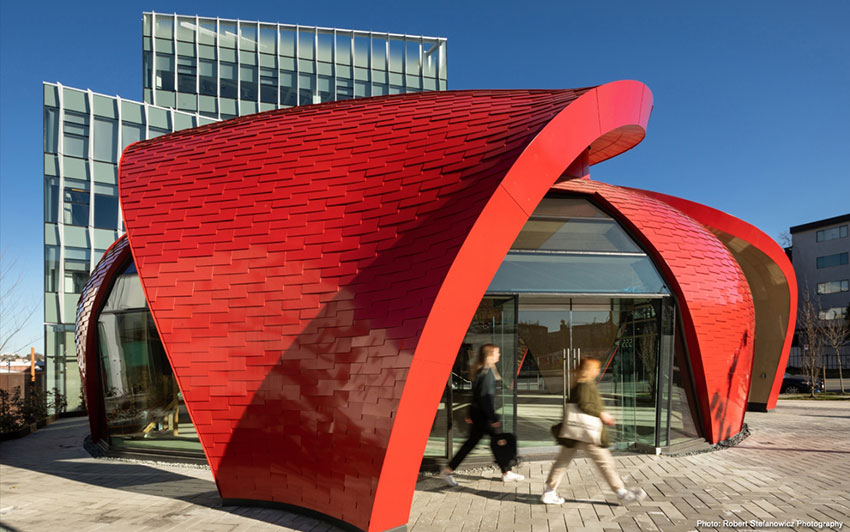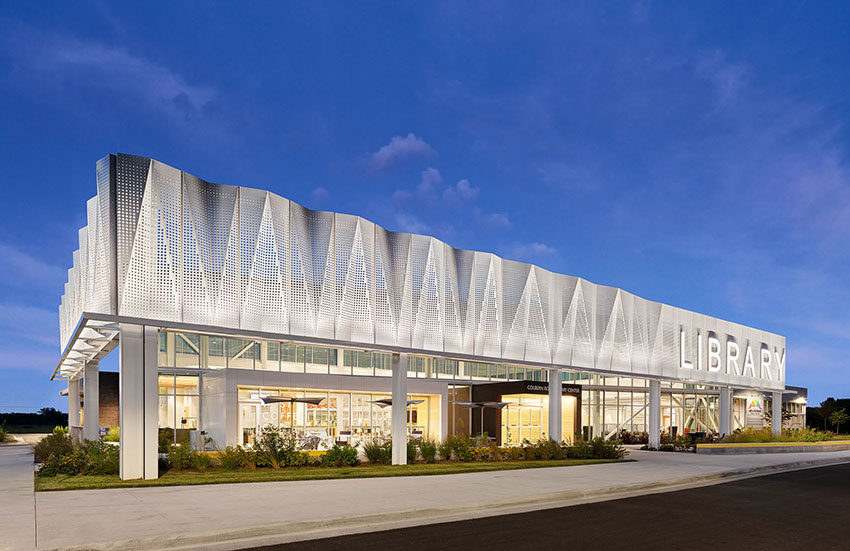Sustainable Construction
 1 AIA LU/HSW; 0.1 ICC CEU; 1 IIBEC CEH; 0.1 IACET CEU*; 1 AIBD P-CE; AAA 1 Structured Learning Hour; This course can be self-reported to the AANB, as per their CE Guidelines; AAPEI 1 Structured Learning Hour; This course can be self-reported to the AIBC, as per their CE Guidelines.; MAA 1 Structured Learning Hour; This course can be self-reported to the NLAA.; This course can be self-reported to the NSAA; NWTAA 1 Structured Learning Hour; OAA 1 Learning Hour; SAA 1 Hour of Core Learning
1 AIA LU/HSW; 0.1 ICC CEU; 1 IIBEC CEH; 0.1 IACET CEU*; 1 AIBD P-CE; AAA 1 Structured Learning Hour; This course can be self-reported to the AANB, as per their CE Guidelines; AAPEI 1 Structured Learning Hour; This course can be self-reported to the AIBC, as per their CE Guidelines.; MAA 1 Structured Learning Hour; This course can be self-reported to the NLAA.; This course can be self-reported to the NSAA; NWTAA 1 Structured Learning Hour; OAA 1 Learning Hour; SAA 1 Hour of Core Learning
Learning Objectives:
- Discuss how the durability of metal as a building material can contribute to the sustainability of buildings.
- Explain some key qualities of metal that make it an ideal material selection when incorporating renewable energy goals into building plans.
- List the financial and aesthetic benefits of choosing metal for walls and roofs.
- Describe the importance of considering a cradle-to-cradle approach when specifying building materials to address carbon emissions and climate change.
This course is part of the Metal Architecture Academy

Photo: Robert Stefanowicz
Great Northern Way Pavilion, Vancouver, British Columbia.
The prefabricated design of metal panels has a huge advantage over other building materials during the construction stage at the jobsite, specifically in terms of reducing jobsite waste and positively impacting construction schedules. As the previous sections have shown, metal walls and roofs offer many significant benefits when used in commercial construction projects. But these attributes also must support both the architect’s and client’s vision for the aesthetics of a building design, and metal panels and roofs do exactly that. There’s a reason why so many innovative, award-winning buildings feature metal panels and roofs; the products lend themselves to spectacular designs that feature vibrant colors, sleek exteriors, and unique panel shapes, all while contributing to the overall sustainability of the structure.
Reducing Jobsite Waste: Aesthetics in Metal Panels and Roofs
In addition to providing products for innovative, aesthetically interesting designs, metal roof and panel systems add another level of sustainability to construction projects. Products such as IMPs and MCMs, as well as other metal panels can be customized for the project, cut to specific lengths, and include prefabricated connections. Prefabricated products tend to generate less waste than those which require on-site fabrication, reducing landfill burden. From a sustainability perspective, reduced jobsite waste contributes to a lower carbon footprint.
Customized, Cut-to-Length Pieces
Compared to other building materials such as wood, engineered wood products, or concrete, prefabricated and cut-to-length metal panels can be easily installed as is, with little or no need to modify anything on the construction site. This alone reduces jobsite waste and limits it to product packaging. Customized pieces also save a lot of time on the jobsite, and that can save money through more controlled project scheduling, and shorter installation times.
Prefabricated Hardware
Hardware needed for panel connections is also prefabricated, so everything that construction site workers need to install the metal roof or wall system should be delivered to the site ready to use. Metal roofing distributors are increasingly incorporating storefronts so supplemental materials can be acquired locally. This in turn makes installation relatively quick and easy, and it minimizes human error, and possible injury, on the jobsite.
An added benefit to having prefabricated panels and connections ready to go at the jobsite is that, compared to projects that use other materials, there tends to be more predictable scheduling. Metal panel systems aren’t as susceptible to the weather, accidents, and miscuts that delay other projects.
Factory Painting: Performance and HSW
Exterior finish is an important aesthetic and performance feature of metal panel systems. Panels are treated with reflective coatings or vibrantly colored paints that stand out as a trademark look.
Boosting the sustainability of metal panels is the way paints and finishes are applied in a factory instead of outdoors. This avoids onsite painting, reduces health and safety issues, captures and treats emissions and particulate matter inside a manufacturing facility, and increases paint performance.
Building Operation Costs: Energy-Efficiency Savings
Metal wall and roof systems contribute significantly to a building’s performance and limit operational costs. Metal roofs are highly energy efficient, thanks to their reflective properties at IR wavelengths. While other materials, such as shingles, are susceptible to UV degradation, metal is virtually unimpacted, reflecting them at lower wavelengths. When combined with insulation embedded in the metal panel or between the metal and the building, metal roofs can keep a building cooler in the summer and warmer in the winter. This translates into significant savings in heating and cooling costs. Residential properties can save 10-25 percent of energy costs. Commercial properties with large-span roofs save less percentage-wise, but gross savings can be in the thousands of dollars per year because of their size.












